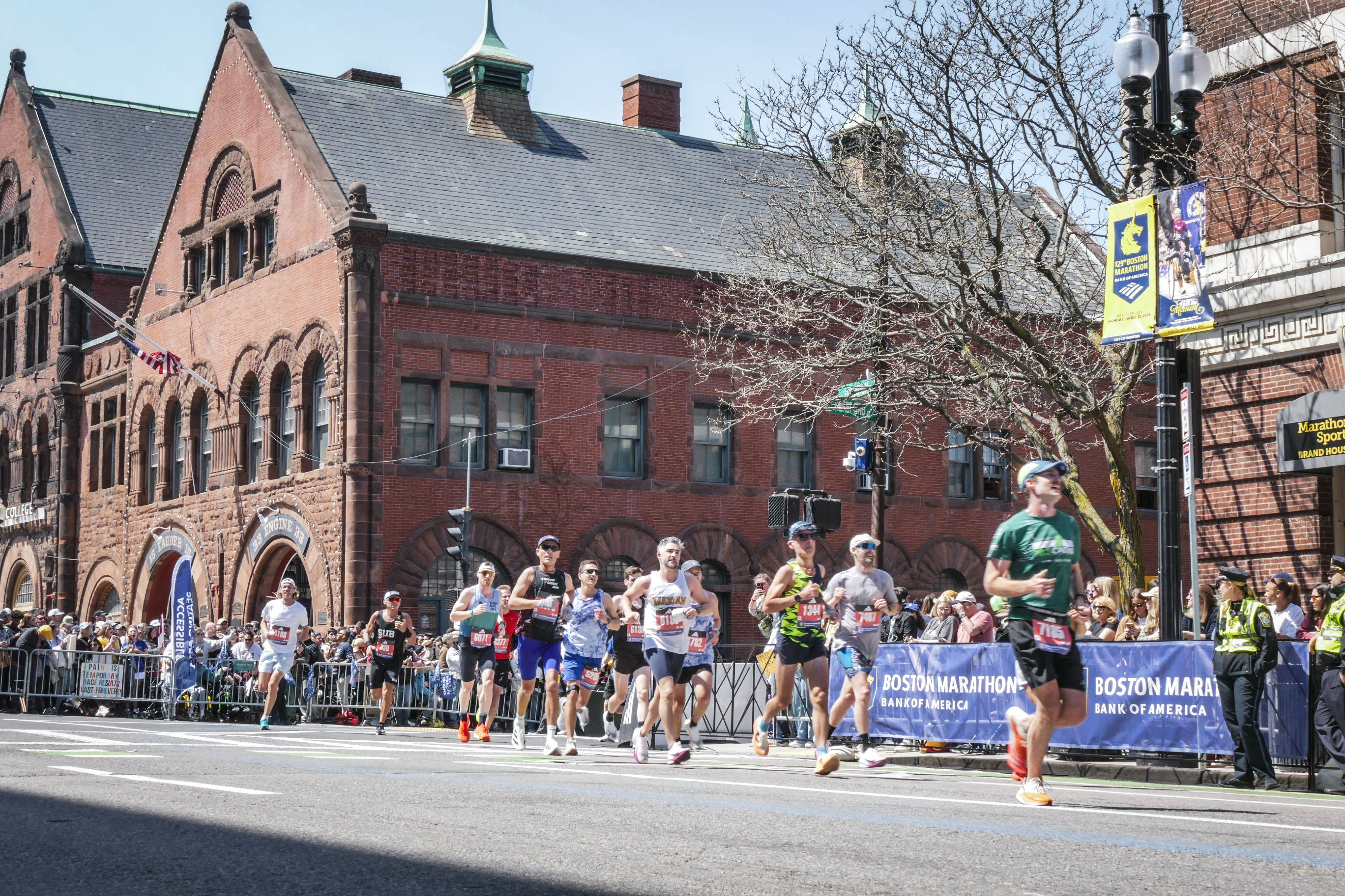
Running After a Bone Stress Injury: A Runner’s Guide
Fall means one thing: marathons.
And every year, right alongside the finish lines, come the phone calls.
Sore shins. Nagging aches. Another runner who “just can’t shake” a stress fracture.
This time of year, we see it all the time — repeat offenders with the same bone stress injury.
Here’s the truth: recovery is not about rest. It’s about rebuilding.
At Norton Physical Therapy in Washington, DC, we specialize in helping runners heal from bone stress injuries, restore true bone strength, and build the resilience needed to train — and perform — without pain.
Understanding Bone Stress Injuries
A tibial bone stress injury (BSI) is a continuum of overuse injuries that occur when the rate of bone loading exceeds the body’s ability to adapt. It can range from a mild stress reaction to a complete stress fracture. These injuries require thoughtful recovery and load management to heal properly (Carlson, 2022; Nattiv et al., 2013).
Bones adapt through cycles of loading and rest. However, running alone does not reliably increase bone density. In fact, high-volume runners may have *lower* bone density than lower-volume runners (Turner, 1998; Pellikaan et al., 2018). True bone adaptation occurs in response to high-magnitude (heavy, high-force), high-rate (fast), and novel loading such as resistance training and plyometrics.
Early Load Management (First 30 Days)
In the first month after diagnosis, runners often remain too active. Studies show that over two-thirds of athletes with BSI log >15,000 steps/day even while symptomatic (Toresdahl et al., 2020). This sustained loading delays recovery. At Norton Physical Therapy in Georgetown of Washington, we give all our patient's clear and actionable guidelines or guardrails: minimize step count, avoid painful loading, and allow bone remodeling before reintroducing intensity.
Energy Availability & Nutrition
Adequate fueling is essential for bone health. Low energy availability often seen in high-performing athletes impairs remodeling and increases stress injury risk (Warden et al., 2021; Hutson et al., 2023). Runners should eat sufficient carbohydrates and protein throughout the day and consider dietitian guidance when weight change, fatigue, or menstrual irregularities are present. In fact, it is highly recommended for all runners after a stress fracture to consult with a dietician.
Strength & Osteogenic Loading
Bones respond best to high-magnitude, high-rate, and progressive loading. Strength exercises such as squats, hinges, step-ups, and calf raises should form the foundation. Plyometric drills—2–3 sets of 15 maximal jumps, 3×/week— help stimulate bone remodeling (Warden, 2021; Turner, 1998; Hutson, 2023). This is our bread and butter at Norton Physical Therapy in Georgetown of Washington DC. Running injuries are a load tolerance to capacity imbalances. We test and determine the right exercises at the right time in the healing timeline and for each individual runner.
Example Exercises (Quick note: These exercises are just examples not a substitute for medical advice. If you’re working through an injury, team up with a running-savvy PT to make sure your plan fits your needs.)
Recovery & Return to Running
The goal is not just healing, but resilience.
Use the framework: Unload → ADLs → Strength → Plyos → Walk/Run → Continuous Running.
Progress through phases only when pain-free in daily activity, hop test, and single-leg calf raises (Carlson, 2022; Ardern et al., 2016).
Stages
- Protection
- Unloading. Reduce Stress on bone. May need boot or crutches
- 2-4 weeks
- Daily Life
- Pain-free walking and normal activities
- 1-2 weeks
- Strength and Mobility
- Progressive strength work and walking program
- 4-6 weeks
- Return to run
- Graded run/walk intervals
- 4-6 weeks
Progress variables in this order: frequency → duration (long run) → intensity. Add down weeks every 3-4 weeks and maintain an off day after quality sessions. Keep terrain and footwear consistent while gradually extending long runs.
Monitoring & Red Flags
Monitor symptom response for 24 hours after each session.
Red flags: night pain, increasing pain during daily activities, anterior tibial tenderness, limping, or any pain >0/10 during running or exercises (Carlson, 2022; Toresdahl, 2020). These may be signs to progressing to quickly and/or overloading. If symptoms persist, regress to the previous phase and consult your PT.
Communication & Coordination
Effective communication among the runner, physical therapist, and coach underpins successful return-to-sport outcomes. Coordinated progress tracking, dynamic load management, and a shared emphasis on long-term durability over short-term gains are vital (Ardern et al., 2016). Maintaining this collaboration can be particularly challenging when managing multiple stakeholders and high-stakes competitive timelines.
References
- Ardern CL, et al. (2016). Return to sport decision-making framework. *Br J Sports Med.*
- Carlson N. (2022). *A Guidebook to Running After a Stress Fracture.*
- Davis JJ, Guber AH. (2020). Bone stress injuries in runners. *Med Sci Sports Exerc*, 52(5):1163–1168.
- Duplanty AA, et al. (2018). Resistance training and bone health. *J Strength Cond Res.*
- Hoenig T, et al. (2023). Return to sport after bone stress injury. *Br J Sports Med.*
- Hutson A, et al. (2023). Energy availability and osteogenic response to plyometrics. *Scand J Med Sci Sports.*
- Meardon SA, et al. (2021). Running biomechanics and injury risk. *Am J Sports Med.*
- Milgrom C, et al. (2003). Overground vs treadmill fracture risk. *Br J Sports Med*, 37(2):160–163.
- Nattiv A, et al. (2013). MRI grading and return to run in track athletes. *Am J Sports Med.*
- Pellikaan P, et al. (2018). Ranking osteogenic potential of exercises. *PLoS One*, 13(4).
- Robertson GA, Wood AM. (2015). Tibial diaphyseal stress fractures RTS. *Br Med Bull.*
- Toresdahl BG, et al. (2020). Step count and bone stress recovery. *HSS J*, 16(2 Suppl):408–411.
- Turner CH. (1998). Three rules for bone adaptation. *Bone*, 23(5):399–407.
- Warden SJ, et al. (2021). Optimal load for bone stress injury recovery. *Br J Sports Med.*
- Yang P, et al. (2011). In vivo bone strain in humans. *J Musculoskelet Neuronal Interact*, 11(1):8–20.

